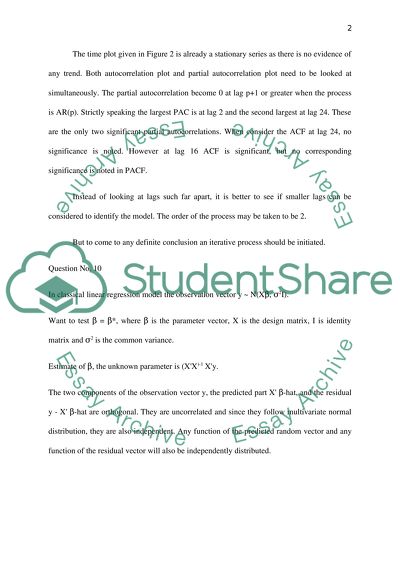Cite this document
(“Econometrics Assignment Example | Topics and Well Written Essays - 1250 words”, n.d.)
Econometrics Assignment Example | Topics and Well Written Essays - 1250 words. Retrieved from https://studentshare.org/miscellaneous/1575131-econometrics
Econometrics Assignment Example | Topics and Well Written Essays - 1250 words. Retrieved from https://studentshare.org/miscellaneous/1575131-econometrics
(Econometrics Assignment Example | Topics and Well Written Essays - 1250 Words)
Econometrics Assignment Example | Topics and Well Written Essays - 1250 Words. https://studentshare.org/miscellaneous/1575131-econometrics.
Econometrics Assignment Example | Topics and Well Written Essays - 1250 Words. https://studentshare.org/miscellaneous/1575131-econometrics.
“Econometrics Assignment Example | Topics and Well Written Essays - 1250 Words”, n.d. https://studentshare.org/miscellaneous/1575131-econometrics.


